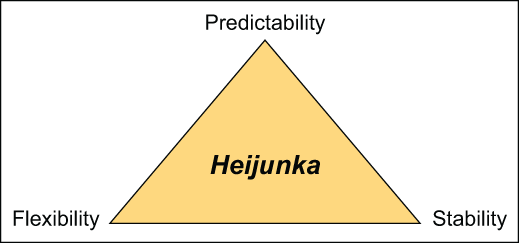With more people spending more time on the Web, now is the perfect time to start selling your products and services online. And if you think those people are only busy posting status updates on Facebook and Twitter but avoid all other websites, think again. Many are actually buying stuff online. E-commerce has never been bigger. In the UK, it was already worth 100 Billion two years ago.
Buyers are finding it more convenient to buy products and services online because they can do so from practically anywhere; even in the comfort of their homes. What’s more, they could browse through more choices at a fraction of the time they?d have spent doing the same thing in brick and mortar establishments.
So if your potential buyers are already out there, what’s stopping you from opening your virtual doors to greet them?
Antiquated e-Commerce
Now, before you start getting excited in setting up your own idea of an eCommerce-ready website, you might want to be aware of what a sound e-commerce investment entails these days. If all you’re thinking is a site that accepts orders and have someone enter those orders in your accounting system, then you’ve got it all wrong.
You’re never going to get good returns on your investment that way. While you’re opening doors for new income streams, you’re also introducing additional costs and sophistication for processes that are highly susceptible to errors, inconsistencies, delays, and, eventually, client dissatisfaction.
Doing it right with integrated e-Commerce
To compete with others who are also offering the same products and services as yours, you need to ensure complete customer satisfaction. The best way to achieve this is to employ integrated e-commerce. This is an e-commerce system that combines your payment system, accounting, ERP, CRM, inventory management, analytics, and others into a cohesive, synchronised environment.
The idea is to do away with majority of your manual tasks in order to achieve fast, efficient, accurate, and secure transactions and other related processes.
eCommerce integration will allow you to do business 24/7 without requiring any of your staff to render the same number of hours. That means, your company continues to operate and earn even while all of you are fast sleep.
Then when you’re up, you can view reports telling you what transpired overnight, over the weekend or over any specified period of time. The information you obtain can help you make well-informed decisions and act on issues much quicker.
And because your business is on the Web, you can serve customers and obtain new ones from geographical locations far from where your office or store is actually located. If you want, you can even gain customers from halfway around the world.
Contact Us
- (+353)(0)1-443-3807 – IRL
- (+44)(0)20-7193-9751 – UK




